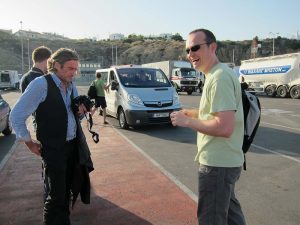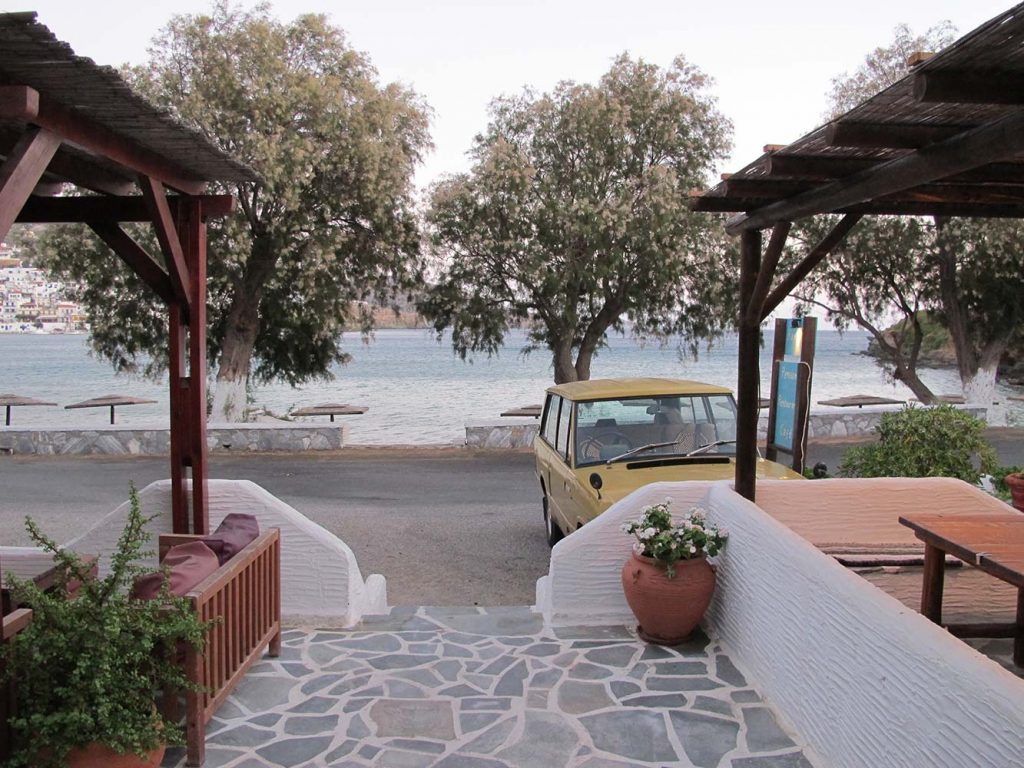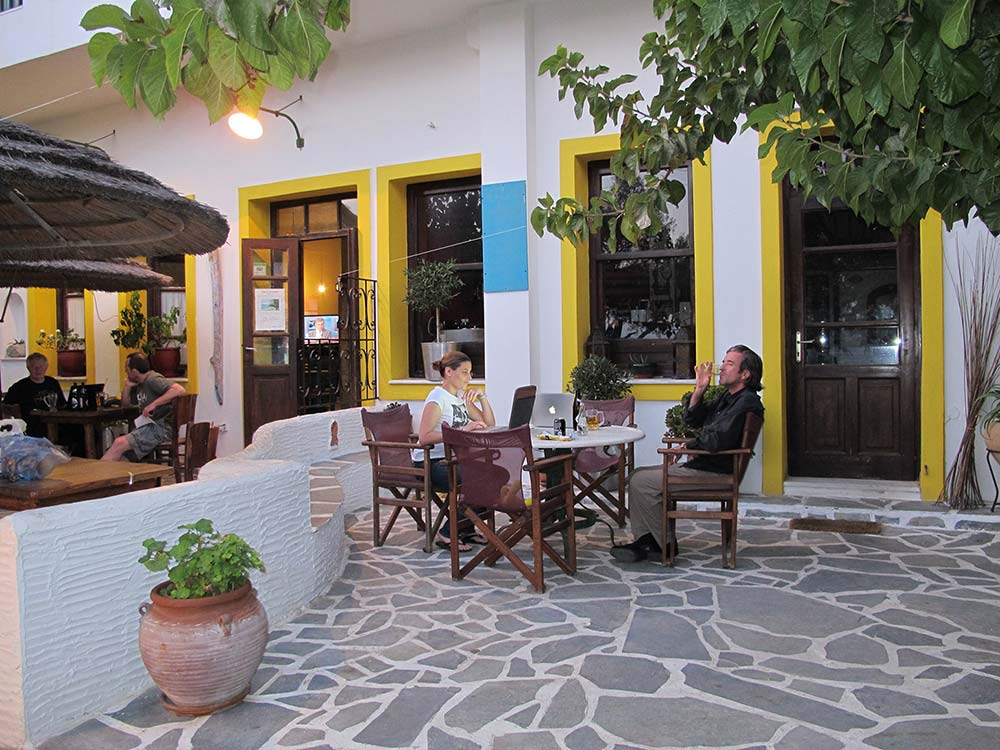by Paul Donnelly
Powerhouse Museum Curator, Design and Society
and Archaeologist

by Paul Donnelly
Powerhouse Museum Curator, Design and Society
and Archaeologist

by Irma Havlicek
Powerhouse Museum Online Producer
Our host at the Kantouni Pensione and Cafe, Giorgos Moustakas, invited us all to the Tsipouro Feast, which takes place on the last weekend of October, and marks the start of the annual tsipouro (spirit) production. More information about the festival follows – but for an introduction to the joy of the event, nothing can express it more eloquently than the following video (1 min 38 secs) of the most marvellous music and the enthusiastic cameraderie of the dancing which we all enjoyed – having been generously and warmly welcomed into the event as though we were family.
by Irma Havlicek
Powerhouse Museum Online Producer

We only had a little while to venture up the hill to the square where the museum is, and a small wander up the main street of shops there. However I snapped the following pics which appealed to me, so I thought I would share them with you. I hope I get back there to explore Chora further because I thought it was gorgeous…. What do you think?
by Irma Havlicek
Powerhouse Museum Online Producer

Most of us had arrived from Australia either that day, or the day before and had one night in Athens. However we all seemed remarkably jetlag-free – maybe it was due to the enthusiasm about the great adventure of discovery we felt we were all about to embark on.
We arrived at the port of Gavrio on Andros on schedule at 7.30pm, and Meg drove the van, with Stavros aboard, to where we will be staying for the period of the dig: the Kantouni Pensione and Café at Batsi. The rest of us took the bus to Batsi (which leaves shortly after the ferry docks).
We’d been told our accommodation was 50 metres from the beach which we thought was pretty good. However we arrived, to find the beach was actually about 20 metres from the beach – literally just across a narrow road. A thirty second walk to the beach! (However, this is a rarity in archaeological accommodation, which is more usually in a desert in rudimentary accommodation, or in tents.)

There is a large open air dining area at the front where you hear the wind through the trees and the sound of the ocean lapping the shore. We had a delicious dinner, provided by our Kantouni hosts (more posts about food on Andros later), and then headed up to bed around 10pm, knowing we had to get up early for breakfast at 6am, with departure in the team van scheduled for 7am. Would we, jet-lagged as we were, wake up and make it down in time for the van departure? You’ll have to read the next post to find out….

